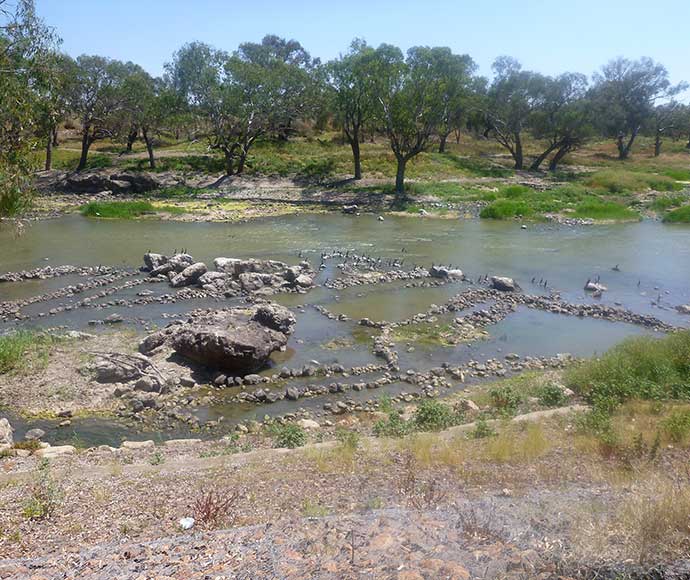Image: Brewarrina fish taps
New South Wales’ current heritage laws are too ‘Euro-centric’ and materialistic in their approach to protecting Aboriginal culture and heritage, according to the state’s Environmental Defenders Office.
Under current legislation Aboriginal culture and heritage in NSW is dealt with under laws designed to protect flora and fauna – through the National Parks and Wildlife Act 1974.
Under the Act it is an offence to harm Aboriginal objects such as artefacts or human remains, and while it allows for Aboriginal places to be similarly protected, the process can take months and sometimes years to be listed.
The Minister for the Environment is responsible for deciding whether a place is of ‘special significance’ and worthy of being listed.
Further, an Aboriginal Heritage Impact Permit (AHIP) can be obtained allowing the destruction of Aboriginal objects and listed places if they are in the way of a mine, quarry or other large development.
More than 1300 AHIP’s have been granted since 1990 in NSW – with only two recorded refusals since 2010.
The CEO of the NSW Environmental Defenders Office Sue Higginson says those laws are outdated and fail to properly protect traditional cultural knowledge and sites.
A reform process to introduce stand-alone legislation has been ongoing since 2011.
Ms Higginson says stand-alone legislation needs to be governed by an independent body determined by Aboriginal community representatives.

